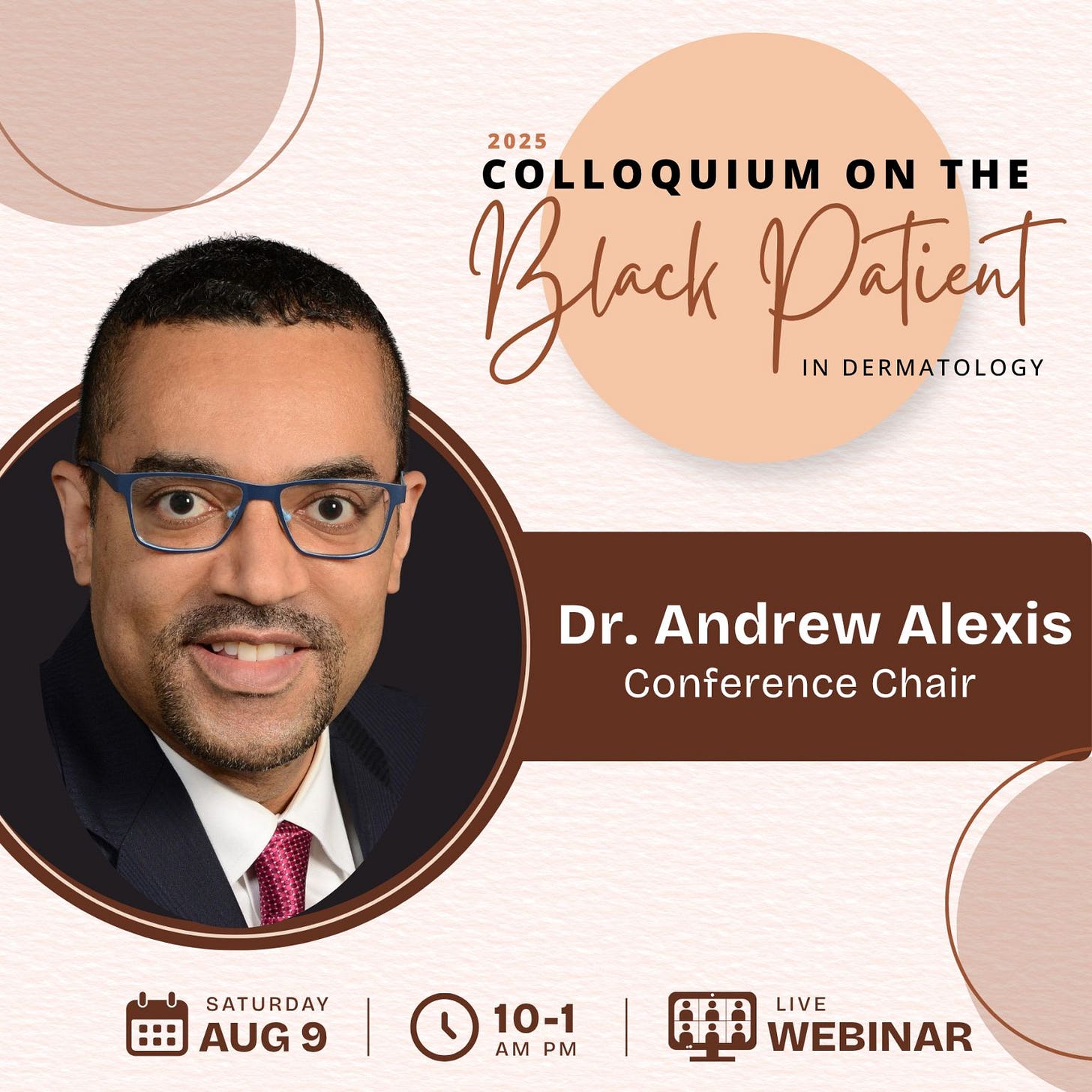Nunavut reports highest HTLV-1 infection rates in Canada
Cutaneous lymphoma-linked virus surges in northern territory (Issue #502, 1,600 words, 8 minutes)
Human T-lymphotropic virus type 1 (HTLV-1) is rare in Canada, but rates in Nunavut are significantly higher than in the rest of the country. The virus has been associated with several conditions, including Adult T-cell leukemia/lymphoma (ATLL), and may also cause cutaneous T-cell lymphoma (CTCL), Dr. Ivan Litvinov told delegates to the 1st Indigenous Skin Spectrum Global Summit on April 5 in Montreal.
Dr. Litvinov is an associate professor of dermatology at St. Mary's Hospital Centre and a scientist at St. Mary's Research Centre in Montreal. He earned his PhD in cellular and molecular medicine at the Johns Hopkins School of Medicine in Baltimore and his medical degree at McGill University in Montreal.
In North America, HTLV-1 is not closely monitored, although it is known that specific communities, including intravenous drug users and immigrants from the Caribbean, are more affected by the virus.
Dr. Litvinov said that when he was mapping CTCL, he found that in the territory of Nunavut, there were seven cases of CTCL. Four turned out to be ATLL, which can be very hard to distinguish from CTCL. There have also been documented cases of HTLV-1 in Nunavut. Dr. Litvinov said he routinely checks his patients diagnosed with common forms of CTCL, such as mycosis fungoides, Sézary syndrome, or CD30-positive primary cutaneous lymphoproliferative disorders, for ATLL.
In Canada, blood donor screenings, beginning in 1990, found a positivity rate for HTLV-1 of 9.35 per 100,000 in 1990, a rate which had dropped to 1.1 per 100,000 by 2010, said Dr. Litvinov. There were approximately 200 ATLL cases diagnosed between 1992 and 2000, from which he has extrapolated an estimate of 20,000 individuals in Canada with HTLV-1, and a prevalence rate of 50 to 60 cases per 100,000. Québec has the highest number of cases, with approximately 100 cases per 100,000, which he said may be explained by the high number of immigrants from the Caribbean and Africa in the province1.
Dr. Litvinov said that based on the four reported cases of ATLL, there are at least 80 HTLV-1-infected individuals in Nunavut in a population of about 30,000. This extrapolates to an infection rate of about 250 people per 100,000, a significantly higher rate than anywhere else in Canada.
HTLV-1 may not be a public health emergency, and it may be a sensitive topic, but it should be discussed with the communities most affected by the virus, said Dr. Litvinov.
Bottom Line: Human T-lymphotropic virus type 1 has been associated with several conditions, including Adult T-cell leukemia/lymphoma, but may also cause cutaneous T-cell lymphoma. The virus is rare in Canada, but rates in Nunavut are significantly higher than in the rest of the country.
From the literature on dermatology in skin of colour
The effects and safety of sequential high-concentration glycolic acid and trichloroacetic acid chemical peels in skin photo-type IV-VI, a retrospective cross-sectional monocentric review
Researchers evaluated the effectiveness and safety of a sequential chemical peel protocol for treating melasma in African patients using glycolic acid and trichloroacetic acid.
For this retrospective, cross-sectional, single-center review, investigators analyzed medical records of patients with melasma who received a sequential peeling protocol. Data collected included patient demographics, adverse effects, visual analogue scale (VAS) pain scores, and modified melasma area and severity index scores at baseline, 12 weeks, and 24 weeks. The researchers applied descriptive statistics, including interquartile range, analysis of variance, Pearson's correlation, and logistic regression, to analyze treatment outcomes and tolerability.
Most patients were female (n=37; 92.5%) and had skin phototype V (n=31; 77.5%). At 12 weeks, modified melasma area and severity index scores showed statistically significant improvement (F[4.7235]=4.72, p = 0.032). The most common adverse effects were irritation (77.5%), post-peel cracking (62.5%), and transient hyperpigmentation (12.5%), with no cases of scarring observed. However, the recurrence rate of melasma reached 70% by week 12 after treatment cessation.
The authors note that the single-centre setting and retrospective nature of the study are limitations, and further prospective randomized controlled studies to validate these findings are needed.
Reliability of the ichthyosis scoring system in individuals with skin of colour
Because the Ichthyosis Scoring System (ISS) was initially assessed only in individuals with Fitzpatrick skin types I to III, researchers studied the reliability of the system in individuals with Fitzpatrick skin types IV to VI.
For this cross-sectional study, 14 dermatologists used the ISS to rate 94 test photographs, 47 from individuals with Fitzpatrick I to III skin types and 47 from individuals with Fitzpatrick IV to VI skin types.
The professional photographs were obtained from the U.S. National Registry for Ichthyosis and Related Disorders, which enrolls participants with ichthyosis from referral centres, patient advocacy groups, and self-referral worldwide. Test photographs represented individuals of all phototypes with ichthyosis of all severities. Due to limited comprehensive, high-quality photography among individuals with Fitzpatrick IV to VI skin types, the investigators chose four body sites: upper back, legs, upper arm, and dorsal feet. From Aug. to Dec. 2023, dermatologists independently scored the same test photographs and were blinded to photographic groupings. Data were analyzed in March 2024.
Of the 61 individuals with ichthyosis represented in the 94 photographs, 28 (46%) were younger than 18 years and 33 (54%) were 18 years and older; 32 (52%) were female and 29 (48%) were male; and 1 (2%) was American Indian, 16 (26%) were Black, 6 (10%) were Hispanic, 1 (2%) was Pacific Islander, 5 (8%) were South Asian, 31 (51%) were White, and 1 (2%) was White and Hispanic.
For individuals with Fitzpatrick I to III skin types, scale and erythema intraclass correlation coefficients (ICCs) ranged from 0.97 (95% confidence interval (CI), 0.93-0.99) to 0.99 (95% CI, 0.98-1.00) and 0.91 (95% CI, 0.79-0.97) to 0.95 (95% CI, 0.89-0.99), respectively.
For individuals with Fitzpatrick IV to VI skin types, scale and erythema ICCs ranged from 0.97 (95% CI, 0.93-0.99) to 0.99 (95% CI, 0.98-1.00) and 0.90 (95% CI, 0.80-0.96) to 0.94 (95% CI, 0.86-0.98), respectively. The overlap of ICC confidence intervals demonstrates ISS reliability across prototypes.
Epidemiological, clinical, and therapeutic insights into folliculitis decalvans in skin of colour: A retrospective descriptive study of 17 cases
To analyze the epidemiological profile, clinical diversity, diagnostic features, and treatment strategies for folliculitis decalvans (FD) patients with skin of colour, researchers conducted a retrospective, descriptive study. The study included 17 FD patients at Ibn Sina University Hospital in Rabat, Morocco, over four years.
FD diagnosis was based on clinical, dermoscopic, and histological findings. Data collected included demographics, disease onset, comorbidities, symptoms, severity grading, and therapeutic responses.
The cohort included 17 patients (eight men, nine women) with a median age of 37.2 years. Fitzpatrick skin phototype IV was predominant (47.1%). The vertex of the scalp was the most affected site (82.4%). Scarring alopecia was present in all cases, with perifollicular erythema (100%) and tufted hair (88.2%) being the most common dermoscopic findings. Grade 3 severity was observed in 55.5% of female patients. Topical and oral antibiotics, including doxycycline, were the most prescribed treatments. Resistance to treatment was more common in women.
The authors conclude that FD in skin of colour patients exhibits clinical, dermoscopic, and therapeutic patterns comparable to global data, though higher severity and pustule prevalence were noted. Doxycycline and topical agents remain key therapeutic options. They note larger studies are needed to elucidate pathogenesis and optimize management strategies.
At the intersection of skin and society
Efforts by community organizers in Brantford, Ont., have led to the city’s recognition of the first Black woman to attend the University of Toronto with the same privileges as White students, reports CBC News. The City of Brantford and Grand Erie District School Board (GEDSB) will name a new community centre, park, and school after Blanche E. Williams, who attended the university in the late 1800s.
After going to high school in Brantford in the 1880s, Williams became the first Black woman to attend the University of Toronto with the same privileges, including attending the same lectures, as white students, said Amanda Mersereau, director of Unite Against Hate, an anti-racism community group, in an interview with the news agency.
“In the late 1800s, this was unheard of,” said Mersereau. “This is a trailblazing individual.”
Mersereau said the decision to name the new facilities after Williams is a “step in the right direction.”
“We're continuing her legacy and shining a light where it wasn't being shone,” Mersereau said.
Unite Against Hate member Angel Panag nominated Williams in a public naming process. In a news release from the GEDSB, Superintendent Liana Thompson said: “With education as the path to transformation, Blanche Williams interrupted racial barriers and showed us what's possible.”
“Naming our school after her is a celebration not only of her groundbreaking achievements, but her story inspires all of us to be courageous, strong and to persevere to achieve our dreams.”
Part of Williams’ story was revealed by historian Sarah Clarke, who found an 1885 Globe and Mail story about the woman in the newspaper archives. That article specified that Black women who had attended the university before Williams were forbidden to participate in lectures.
This week
July 17 is National Tattoo Day in the U.S.
July 18 is Black Leaders Awareness Day in the U.K.
July 18 is Nelson Mandela International Day
Something to think about in the week ahead . . .
—Jasmine Guinness, (1976 – present), Irish fashion designer and model
Register now for the Colloquium on the Black Patient in Dermatology
The 4th Annual Colloquium on the Black Patient in Dermatology advances the conversation through meaningful dialogue, evidence-based practices, and practical applications.
Chaired by Dr. Andrew Alexis, Vice Chair for Diversity and Inclusion in Dermatology at Weill Cornell Medicine and a leading voice in skin of colour dermatology, this year’s Colloquium will explore clinical education, research updates, and treatment considerations specific to Fitzpatrick Skin Types V and VI. The program will also highlight how inclusive practices are evolving in both Canada and internationally, with a focus on cultural competence and health equity.
Why Attend?
Gain a deeper understanding of how to integrate skin colour assessments into clinical research and everyday practice
Explore real-world strategies to improve representation in academia, leadership, and educational materials
Learn practical approaches to managing the most prevalent skin conditions affecting patients with skin of colour
Hear a compelling Dr. Mercy Alexis Keynote Lecture, spotlighting critical conversations on advancing health standards in dermatology
This is more than a conference. It's a focused initiative to reshape how dermatologic care is delivered, taught, and studied. Be part of the change.
Next week
In a presentation from the 1st annual Indigenous Skin Spectrum Global Summit, Dr. Lone Storgaard Hove described hidradenitis suppurativa in Greenland’s Inuit population. Dr. Hove is a general medicine specialist and area head of dermatology in Greenland.
If you enjoy Skin Spectrum Weekly, why not check out the Chronicle’s other publications, podcasts, and portals?
Established in 1995, The Chronicle of Skin & Allergy is a scientific newspaper providing news and information on practical therapeutics and clinical progress in dermatologic medicine. The latest issue features:
Dr. Justine Meryem Safoine (Montreal) discusses new treatment options for pediatric dermatology.
Drs. Ashley O’Toole (Peterborough, Ont), Michel Martinka (Calgary), Benjamin Barankin (Toronto), and Feras Ghazawi (Ottawa) review the current state of JAK inhibitors in dermatology.
Drs. Michel Martinka (Calgary), Ashley O’Toole (Peterborough, Ont), Sheetal Sapra (Oakville, Ont), and Monica K. Li (Vancouver) provide an update on what’s new in cosmetic dermatology in 2025.
Plus regular features, including the popular column “Vender on Psoriasis” by dermatologist Dr. Ron Vender.
You can read a recent digital edition of The Chronicle of Skin & Allergy here. To apply for a complimentary subscription or to request a sample copy, please email health@chronicle.org with your contact information.
The Women in Dermatology e-newsletter updates readers with new findings concerning dermatologic issues affecting women and the female dermatologists who care for them. Read the current issue here.
Season three of the Vender on Psoriasis podcast, featuring Dr. Ron Vender, has begun. Listen to the new season here. In episode five, Dr. Vender discusses whether vitamin D influences the severity of psoriasis, sex differences in psoriatic inflammation and itch, and the risk of psychiatric disorders associated with acitretin.
And if you’re looking for a web destination for all things derm, visit derm.city, “Where Dermatology Lives.” Please like, rate, review, and share it with your colleagues.
You are receiving this newsletter because you subscribe to The Chronicle of Skin & Allergy or another Chronicle journal, have attended a Skin Spectrum Summit live event or webinar, or have previously requested a subscription to one of our newsletters. If you no longer wish to subscribe to this newsletter, please email the subject line “Unsubscribe Skin Spectrum Weekly” to health@chronicle.org.
Skin Spectrum Weekly is published by Chronicle Companies, 701 Ellicott Street, Buffalo, NY 14203. Canada: 1460 The Queensway, Suite 212, Toronto, Ont. M8Z 1S4
Mitchell Shannon, Publisher; R. Allan Ryan, Editorial Director; John Evans, Managing Editor; Jeremy Visser, Editor; Cristela Tello Ruiz, Client Services; Danni Nepomuceno, Events Manager; Remie Remodo, Project Manager; Patrick Dela Peña, Project Manager
Content is copyright (c) 2025, Chronicle LifeSci America Corp, except as indicated. Interested in contributing to this newsletter or learning more about Chronicle’s services? Please write to us at health@chronicle.org
(Amar L, Le M, Ghazawi FM, Rahme E, Segal A, Netchiporouk E, Popradi G, Moreau L, Roshdy O, Sasseville D, Litvinov IV: Prevalence of human T cell lymphotropic virus 1 infection in Canada. Curr Oncol 2019 Feb.;26(1):e3-e5. doi: 10.3747/co.26.4593. Epub 2019 Feb 1. PMID: 30853802; PMCID: PMC6380656.) (https://pmc.ncbi.nlm.nih.gov/articles/PMC6380656/)











